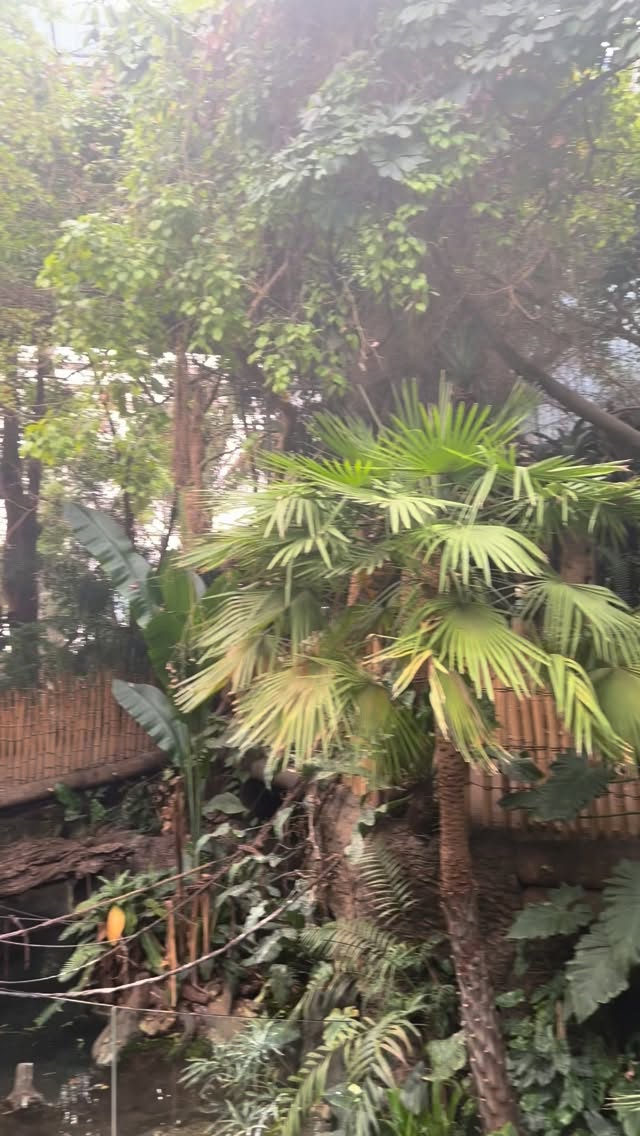- The ecological significance of rainforests and their diverse fauna.
- The role of vibrant feathers in communication and species survival.
- The complex language of bird calls and their ecological functions.
- Conservation challenges faced by rainforests and their avian inhabitants.
- Collaborative efforts in wildlife conservation and the importance of public awareness.
Rainforests are biodiverse ecosystems that are essential for ecological balance on our planet. They are home to an incredible variety of life forms, including a vast array of birds. These habitats serve as critical environments for countless species, each adapted to thrive amidst dense foliage and a rich tapestry of sounds. From vibrant feathers to bird calls, the rainforest is richly populated and teeming with life.
The ecological significance of rainforests cannot be overstated. Covering only about 6% of the Earth’s surface, they harbor approximately 50% of the world’s plant and animal species. Rainforests play a central role in regulating the global climate by absorbing carbon dioxide and releasing oxygen. Among these species, birds are particularly notable. Their adaptation mechanisms allow them to occupy various niches, which significantly contributes to the ecological balance. Birds act as pollinators, seed dispersers, and natural pest controllers. They are also integral to the food web, serving as prey for larger species while hunting smaller insects and mammals.
One of the most striking features of rainforest birds is their vibrant feathers. The dazzling colors serve multiple purposes, primarily related to communication and mating. Brightly colored plumage is commonly observed in species such as toucans, macaws, and hummingbirds. These feathers are not merely ornamental; they help individuals attract mates, establish territories, and communicate with other birds. The display of colors may signal health and vitality, giving potential mates an insight into genetic fitness. In many species, feathers also play roles in camouflage, helping birds blend into their environment to evade predators.
Birds engage in a complex system of communication through both visual signals and vocalizations. Each species has developed its unique repertoire of sounds, which serve various functions including mating rituals, territory defense, and alarm calls. The calls and songs of birds echo through the rainforest, creating a layered tapestry of sound that reflects its vibrancy. For example, the loud calls of the Red-throated Caracara can be heard miles away, allowing it to establish territorial boundaries effectively. Some species even mimic the calls of others, creating an intricate system of relationships and even deception.
Bird calls also have ecological functions beyond communication among species. They help in maintaining social structures within flocks, keeping families together, and alerting others to the presence of predators. A bird’s call can vary depending on its context; a warning call emits urgency, while a mating call is more melodious and inviting. Research has shown that bird populations in fragmented habitats often exhibit alterations in their calling behaviors, which can impact reproductive success and survival.
Despite their ecological roles and beauty, rainforest birds face significant conservation challenges. Deforestation ranks as the most pressing issue, largely driven by agriculture, logging, and urbanization. As trees are felled, habitats are destroyed, leading to dwindling populations and, in many cases, extinction. The International Union for Conservation of Nature (IUCN) has classified numerous rainforest bird species as endangered due to habitat loss. Moreover, climate change further complicates survival, influencing migration patterns and food availability.
Efforts toward conservation are critical for safeguarding both rainforests and their avian inhabitants. Organizations worldwide are increasing public awareness and advocating for sustainable practices. Community-based programs have shown promise, encouraging local populations to engage in conservation efforts. For example, ecotourism can provide financial incentives for preserving natural habitats while educating visitors about the ecological importance of these environments.
Collaborative conservation initiatives are emerging globally. Many organizations focus on habitat restoration projects that aim to replant native species and create wildlife corridors. These efforts not only benefit bird populations but also foster biodiversity among other wildlife. Legislative measures are also crucial. Stronger regulations can protect significant habitats from development, ensuring that future generations have the opportunity to experience their biodiversity.
Public awareness is essential for conservation success. By educating various stakeholders—from local communities to international audiences—individuals can understand the importance of rainforests and their inhabitants. Schools, NGOs, and various awareness campaigns play a key role in fostering a sense of stewardship. Engaging in citizen science projects allows the general public to contribute data that can enhance understanding and shape conservation strategies.
In sum, the vibrancy of rainforest life—from dazzling feathers to varied bird calls—is a testament to the intricate web of ecological relationships. Every species, specifically birds, plays a key role in maintaining the balance within these ecosystems. Conservation efforts are more crucial than ever, requiring collaboration, public awareness, and sustainable practices. Preserving the rainforest is not just about protecting colors and sounds; it is about safeguarding the ecological foundations that support life on Earth. As we strive to protect these mesmerizing environments, we must remember that the future of these tropical sanctuaries, along with their vibrant feathers and rich calls, lies in our hands.
*****
Source Description
From vibrant feathers to bird calls—the rainforest is never short on company. 🦜🌿

